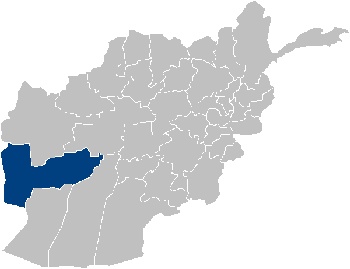In early May, a series of US air strikes in multiple villages in the Farah Province of Afghanistan killed 140 civilians, by far the single deadliest incident since the 2001 invasion. The official story of the US military changed several times.
 Initially, they went with the claim that the entire incident was made up by the Taliban, who had kidnapped hundreds of civilians, killed them with hand grenade, then left them in empty houses which they tricked the US into bombing. After acknowledging that was “thinly sourced,” they claimed the toll was “extremely over-exaggerated” by Afghan civilians looking to make money.
Initially, they went with the claim that the entire incident was made up by the Taliban, who had kidnapped hundreds of civilians, killed them with hand grenade, then left them in empty houses which they tricked the US into bombing. After acknowledging that was “thinly sourced,” they claimed the toll was “extremely over-exaggerated” by Afghan civilians looking to make money.
By the end of the month, General Petraeus insisted the military had video evidence that proved the strikes were aimed at Taliban, and promised to release it soon. Now, it seems that video may never see the light of day, as the military struggles to explain the massive toll.
According to defense officials, the Pentagon is “reconsidering” its promise to make the findings of the probe into the incident public, and the video may not be released either. Officials have admitted to “mistakes” made in the attack and the Pentagon has even conceded that the final toll was roughly in line with the Afghan tolls they had previously mocked. At this point, they insist, there is not much more to say.
Except for the video, of course. The Afghan reports have suggested few if any militants were killed in the attacks, and the video was designed to vindicate the troops having at least tried to kill militants instead of massacring civilians in a random salvo. It seems that is a secondary enough concern that we may never see it.


